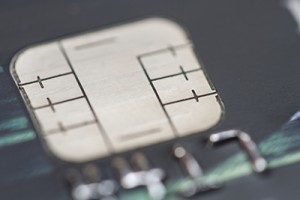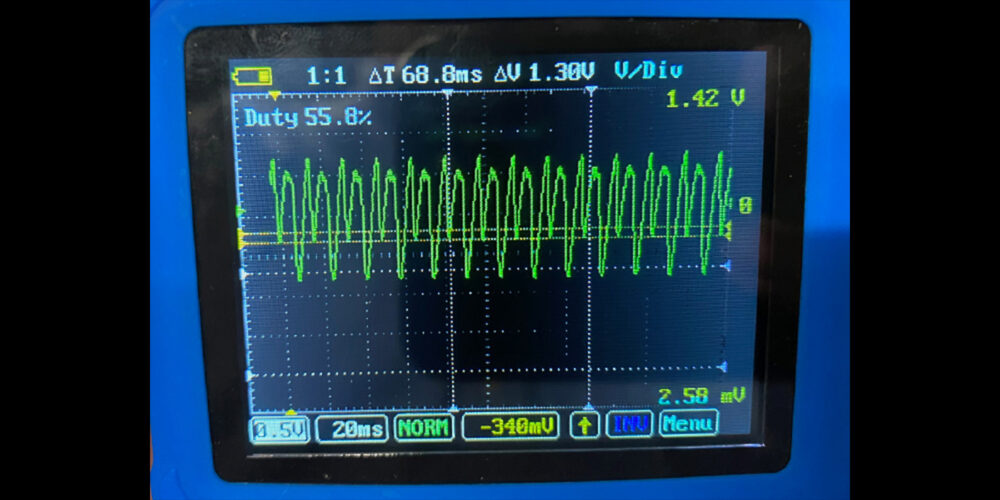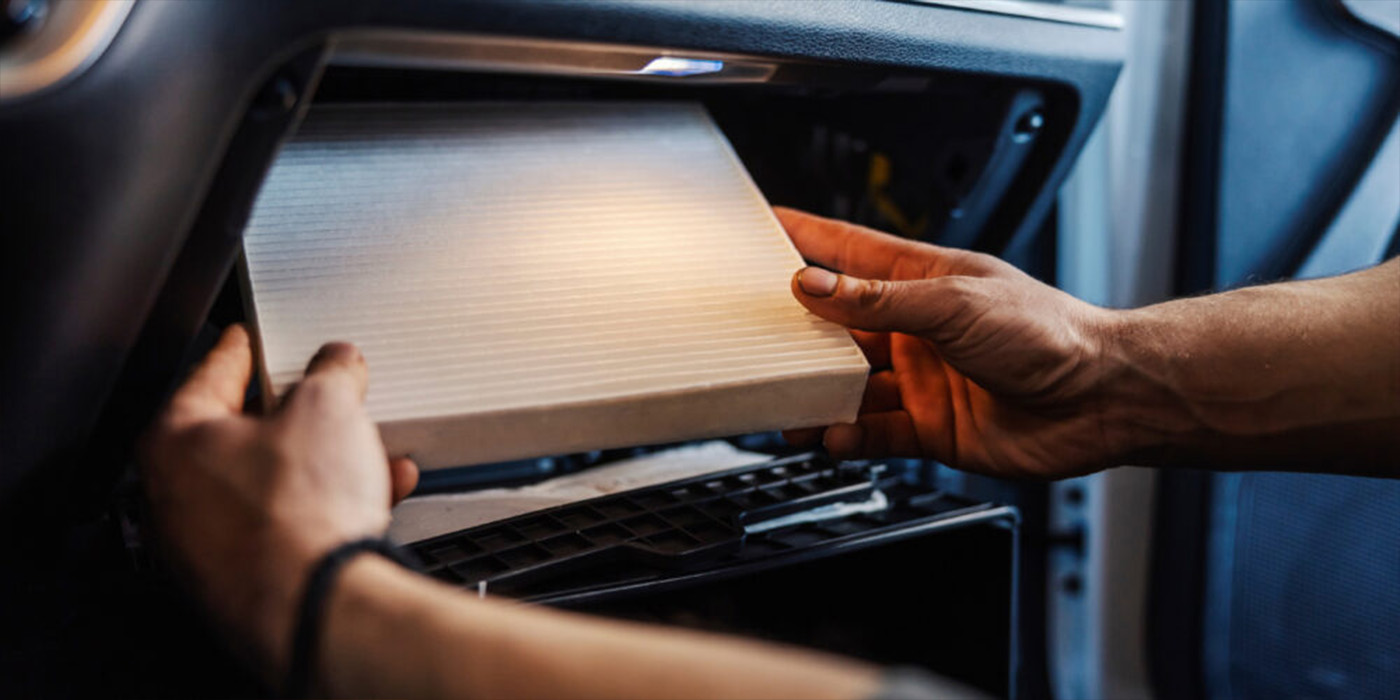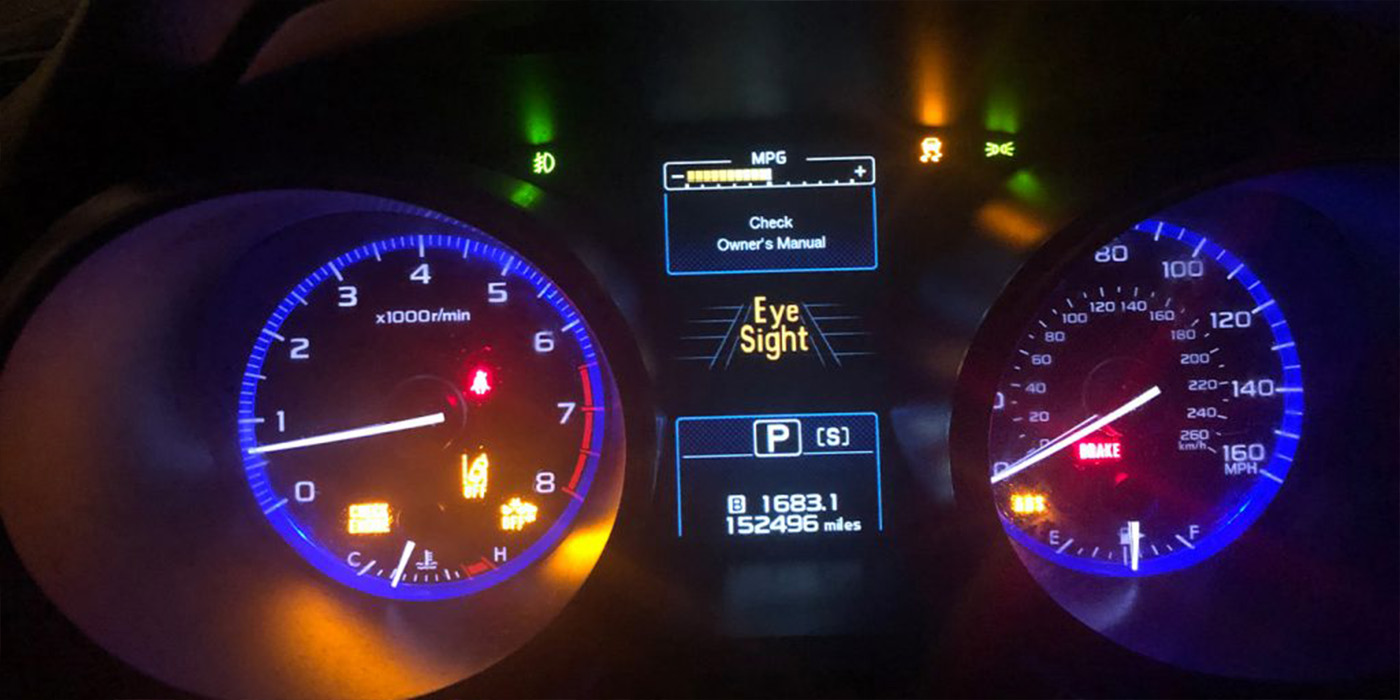Oct. 1 will mark the deadline retail-based merchants can switch to the “EMV,” or “chip card,” credit card equipment without facing potential fraud liability.
EMV, which stands for Europay, Mastercard, Visa, was created to stop duplicate card fraud. In attempt to thwart fraud, the EMV chip creates a one-time sale token related to a specific purchase that cannot be duplicated.
If your store is not ready to make the change by the deadline and wants to stick with the current technology, there could be fraud liability issues. According to an article written by Todd Lazar of Superior Financial Systems, merchants who still want to use the standard swipe payments are not required to make the switch, but could face chargebacks at their own expense.
Starting Oct. 1, if a customer wishes to use an EMV card where no EMV terminal is present, the customer can file a complaint for a fraudulent transaction and a chargeback could be issued at the expense of the retailer, Lazar says. If the retailer loses the complaint and a chargeback occurs, the bank issuing the customer’s card can take back money earned from the sale. This is because without an EMV transaction, the sale is unable to be legitimatized, Lazar says.
However, the switch to an EMV system is still not required and will not affect retailers who enter credit card transactions manually, online or with computer software, Lazar says.
Although businesses that choose not to switch to EMV will not yet face upfront monetary penalties for not switching to the chip system, the risk of a chargeback could cost more than upgrading equipment, Lazar says.
So far about half of U.S. credit and debit cards will be replaced with the EMV chip by the end of the year, while tens of thousands of merchants still haven’t upgraded their equipment, the Associated Press reports.
Article courtesy of TIRE REVIEW.














